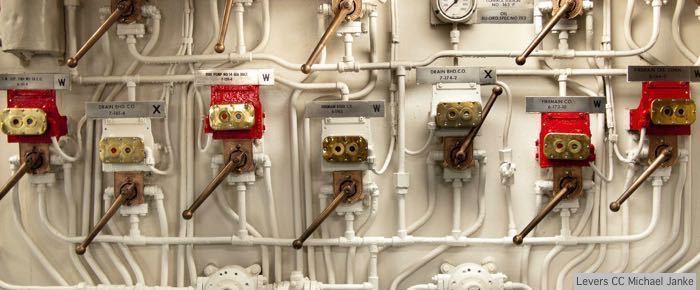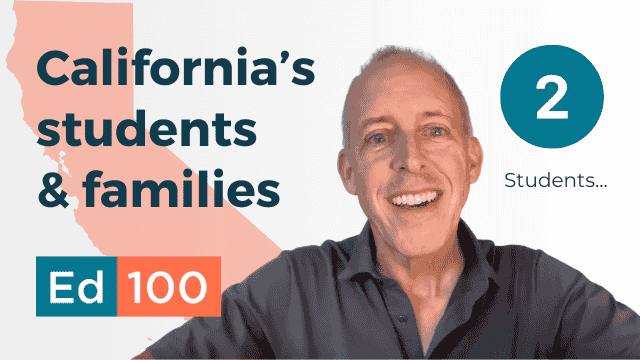
Many things could be done, or at least tried, to make education work better. It's impossible to do them all, so every school leader must make choices.
In This Lesson

What's the difference between an input and an output?
What are the outcomes of education?
What are the inputs of education?
What is magical thinking?
▶ Watch the video summary
★ Discussion Guide.
In choosing to make any investment of time, effort, or money, it is important to distinguish between inputs and outcomes.
- Inputs are the conditions you grapple with or the investments you make to change them.
- Outcomes are the results, intended or otherwise.
The true outcomes of education are long-term and a little lofty. You can imagine them as life, liberty and the capacity to pursue happiness. (For more depth, see What is Education For, Really?) These outcomes matter a lot, but on a day to day basis it's hard to aim for them. On most days, school systems have to focus on smaller stuff — interim outcomes like grades, scores, attendance, peace, and morale.
In ed-policy lingo, factors that can be directly changed with focus or investment are known as inputs.
In ed-policy lingo, factors that can be directly changed with focus or investment are known as inputs. Examples of inputs include access to healthcare, parent involvement, nutrition, exercise and the like.
For many of these, schools can have some influence, but they certainly do not fully control them. For example, public schools cannot control what kind of needs students show up with. They serve everyone.
Schools cannot control what kinds of needs students show up with.
However, there are some inputs over which local schools and districts have a great deal of control, such as:
- The quality of their teachers,
- The content included in the curriculum,
- The size of the classrooms,
- The kind of leaders they hire, and
- The extra services they provide to students who are struggling academically.
Anti-magical thinking
It's useful to keep the idea of inputs and outcomes separate, in part, because it helps to thwart magical thinking. For example: why are we concerned about funding for schools? Because funding buys inputs, like teachers' time and training, or technology for classrooms, or crossing guards. Why do we care about school spirit? Because it might drive inputs like more time in class. Do these inputs produce important outcomes? It depends!
Many of the inputs of education cost money, a challenge discussed at greater length in the Resources chapter of Ed100.
This post was last updated October 2023.
Previous updates include:
September 2022
December 2021
May 2017
CHAPTER 2:
Students...
-
Students...
Overview of Chapter 2 -
Diversity
The Changing Face of America's Students -
Poverty and Race
How Do Students' Backgrounds Affect Their School Performance? -
Health and Education
What Can Schools Do? -
The Role of Parents
Education and Families -
How Does Education Change
Inputs and Outcomes -
Motivation
What Motivates Students? -
Special Education
Why Not Teach All Kids Alike? -
Child Protection
Intervention and foster care -
Undocumented Students
Education vs. Documentation -
Student Leadership
Student Voice in Schools
Related
- There are no related lessons.
Sharing is caring!
Password Reset
Search all lesson and blog content here.
Login with Email
We will send your Login Link to your email
address. Click on the link and you will be
logged into Ed100. No more passwords to
remember!














Questions & Comments
To comment or reply, please sign in .
Selisa Loeza October 22, 2021 at 7:20 pm
amy su November 5, 2020 at 8:45 pm
francisco molina August 13, 2019 at 2:21 am
Susannah Baxendale January 11, 2019 at 1:38 pm
Victoria Liu April 21, 2016 at 8:21 am
there are other inputs over which local schools and districts have a great deal of control, such as:
the quality of their teachers,
what is included in the curriculum,
the size of the classrooms,
the kind of leaders they hire, and
what kinds of extra services they provide to students who are struggling academically.
Thanks.
Victoria Liu April 21, 2016 at 8:19 am
lillian.hom October 23, 2015 at 12:39 pm
harplits March 16, 2015 at 1:56 pm
jenzteam February 27, 2015 at 10:02 am